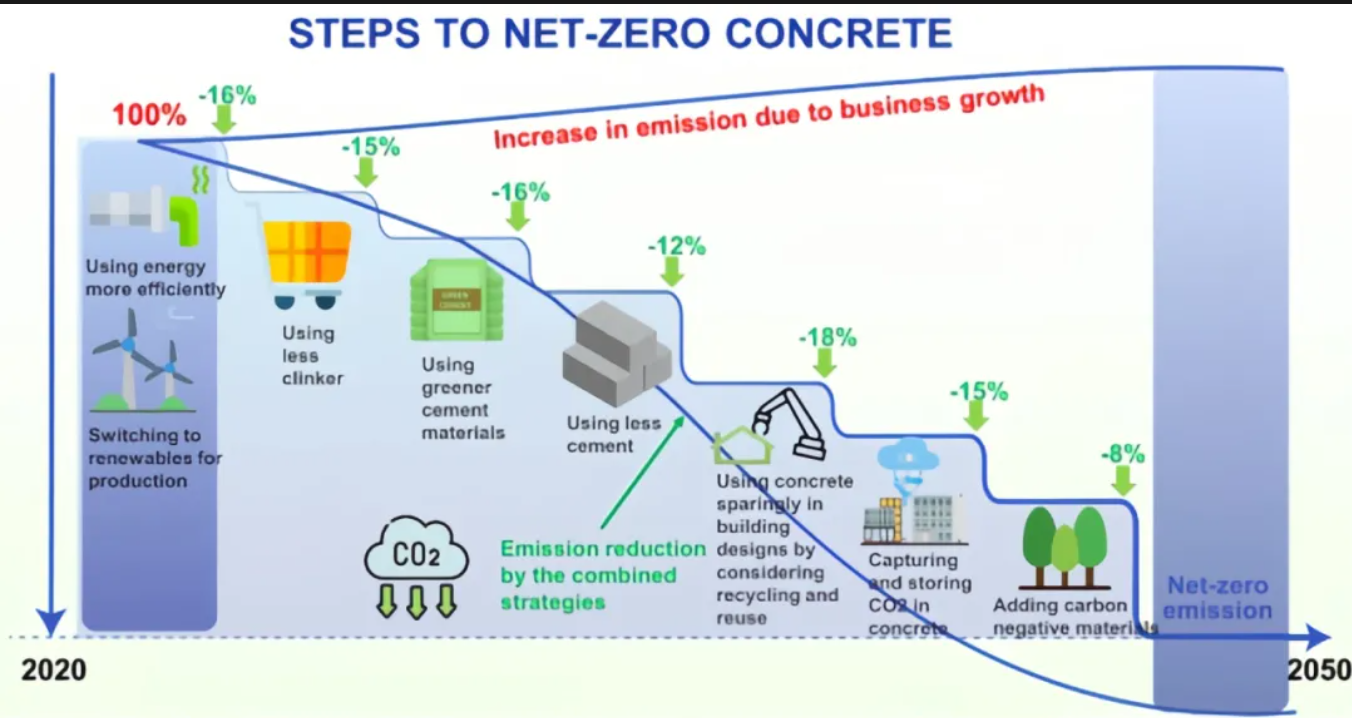Concrete, as the most widely used building material globally, accounts for approximately 8% of total global carbon dioxide emissions during its production process. This poses a significant challenge to achieving carbon neutrality goals. However, traditional emission reduction technologies face bottlenecks such as high costs, low efficiency, and technical difficulties, making the resolution of this issue particularly urgent.

Prof. Dr. Xiao Jianzhuang, Vice President of Guangxi University, as well as the Director of the Guangxi University Carbon Peak and Neutrality Science and Technology Research Institute and a tenured professor at Tongji University, collaborating with top scholars from various countries and institutions and focusing on sustainable development, published a milestone commentary titled “How to make concrete sustainable” in the international top academic journal Nature. Guangxi University is the corresponding institution. This work provides a clear scientific basis and technical roadmap for the green and sustainable development of key materials in construction.

The paper focuses on concrete, a key material in the construction industry, and presents a clear technical road map for achieving net-zero emissions. As the most widely used building material globally, the carbon dioxide emissions generated during its production are staggering, accounting for about 8% of total global emissions. While this figure is alarming, it also reveals the immense potential for significant emission reductions through improved concrete production.
The research team developed a series of innovative strategies covering material design, production processes, and the entire lifecycle of buildings through in-depth analysis. These strategies include the use of low-carbon cement, recycled concrete, industrial waste reuse, bio-based carbon-negative materials, carbon capture and storage (CCS) technologies, and intelligent construction management. Through these methods, it is anticipated that key construction materials will achieve carbon neutrality in the future.
The paper emphasizes that the goal of net-zero concrete extends beyond achieving zero carbon emissions; it also includes reducing energy and resource consumption. To realize low-carbon sustainable development in the construction industry, future policy-making and practical operations must adopt this comprehensive approach. The paper also highlights the importance of interdisciplinary collaboration and technological innovation, providing scientific evidence and practical guidance for the green and low-carbon transition in the global construction industry.
Achieving net-zero emissions in concrete production is not only a major challenge for the construction industry but also an indispensable component of the global carbon neutrality goal. The publication of this paper provides practical solutions for the global construction industry, with profound significance reflected in several key aspects:
Ⅰ Promoting Green Transition in the Industry: The technical roadmap proposed in the paper provides a clear reduction path for the construction industry, facilitating its transition toward a green and low-carbon direction.
Ⅱ Enhancing Resource Efficiency: Through the reuse of industrial and biomass waste and circular economy models, the paper offers new ideas for reducing resource waste and improving material utilization efficiency.
Ⅲ Supporting Global Climate Goals: Emission reductions in the construction industry are crucial for achieving the global climate goals outlined in the Paris Agreement, and this paper provides important pathways for global carbon neutrality.
Ⅳ Leading Interdisciplinary Innovation: The paper emphasizes collaborative innovation among materials science, environmental engineering, structural engineering, and management science, providing preliminary direction for future research.
The publication of this paper signifies a guiding direction for the next 100 years of concrete research, providing not only an important theoretical foundation for the academic community but also a feasible technical pathway for the industry.
Guangxi University has long been committed to scientific and technological innovation, actively addressing global challenges. Looking forward, GXU researchers will continue to adhere to innovation-driven approaches, exploring continuously across multiple fields and contributing to the vision of sustainable development for humanity.